Decisive & Hopeful: Gaza Ceasefire Deal, Netanyahu’s Hostage Condition, and Trump’s New Plan Explained
Gaza ceasefire deal. In a rapidly moving diplomatic push, Israel signaled it will prepare for the first phase of a new Gaza ceasefire deal; yet, Prime Minister Benjamin Netanyahu has made clear that Israel will not fully advance the Trump backed framework until the release of every Israeli hostage is secured. This long form explainer unpacks how the evolving Gaza ceasefire deal would work, why the hostage issue sits at its core, and what implementation could mean for regional stability and humanitarian relief.
Meanwhile, for broader policy context on Washington’s approach, see our pillar analysis: Trump’s Gaza Peace Plan.
Live developments are also being tracked by major outlets. For a running timeline, consult CNN’s live coverage (external): Israel–Gaza–Trump live updates.
Where the Gaza Ceasefire Deal Stands Today
In the past 48 hours, Israel’s military indicated it was preparing for the initial phase of the U.S. plan itself the basis of the emergent Gaza ceasefire deal even as limited strikes and defensive posturing continued. This signals a shift from continuous offensive operations toward phased implementation aligned with a hostage first sequence.
Concurrently, Netanyahu said he “hopes to announce the release of all hostages in the coming days,” underscoring that any complete rollout of the Gaza ceasefire deal hinges on that outcome. Releasing hostages is not merely symbolic; it is the trigger that unlocks subsequent steps in the plan, including prisoner exchanges and defined withdrawals.
Why the Hostage Condition Shapes the Entire Gaza Ceasefire Deal
The proposed framework often described as a 20 point peace outline places the hostage question at the center of the Gaza ceasefire deal. Within 72 hours of Israel’s formal acceptance, all hostages (living and deceased) would be returned. Only after that release do subsequent milestones proceed: staggered prisoner exchanges, a phased Israeli pullback to agreed lines, and expanded humanitarian corridors. In practice, the hostage release serves as the master “gate” for every other clause.
Politically, Netanyahu’s stance reflects two realities. First, a domestic imperative to prioritize the safe return of every captive as a precondition for endorsing a full scale Gaza ceasefire deal. Second, a tactical view that sequencing concessions after a verifiable hostage release reduces risk and sustains leverage in case of non compliance by the other side. Reporting across multiple outlets shows Israel linking any broad withdrawal or demobilization to concrete progress on hostages.
Inside the Plan: What the Gaza Ceasefire Deal Actually Includes
Although details continue to evolve, the public outline of the Gaza ceasefire deal can be summarized as follows:
- Immediate cessation of hostilities: Upon acceptance, active operations would pause and front lines would freeze while hostage procedures begin.
- Hostage release within 72 hours: All hostages returned (living and deceased) before later phases of the Gaza ceasefire deal.
- Prisoner exchanges: Staged releases of Palestinian prisoners, including those with life sentences and detainees held after October 7, contingent on verified hostage returns.
- Phased Israeli withdrawal: Pullback along pre agreed lines connected to demilitarization benchmarks, border security, and an international stabilization architecture.
- Governance transition: A move toward Palestinian technocratic administration under international oversight, with security guarantees aimed at preventing rearmament.
- Humanitarian scale up and reconstruction: Rapid aid flows, corridor access, and a multi year rebuild once the Gaza ceasefire deal stabilizes.
As always, implementation is the hard part. Hamas’ stance on disarmament and the exact logistics of prisoner swaps remain contentious, while Israel’s internal coalition dynamics add complexity to a durable Gaza ceasefire deal.
Netanyahu’s Latest Position: No Full Move Without All Hostages
Public statements from the prime minister’s office and allied reporting convey a consistent line: Israel may ready the first phase, but it will not fully activate later stages of the Gaza ceasefire deal unless all hostages are returned. This formula attempts to harmonize domestic expectations with international pressure for swift de escalation.
Netanyahu has also suggested a compressed timeline “in the coming days” for a comprehensive hostage announcement, and Israeli teams have traveled to Egypt to work through technical details with mediators. That technical track is vital, because the Gaza ceasefire deal depends on synchronized steps, third-party verification, and stable channels between Israel, Egypt, Qatar, and U.S. envoys.
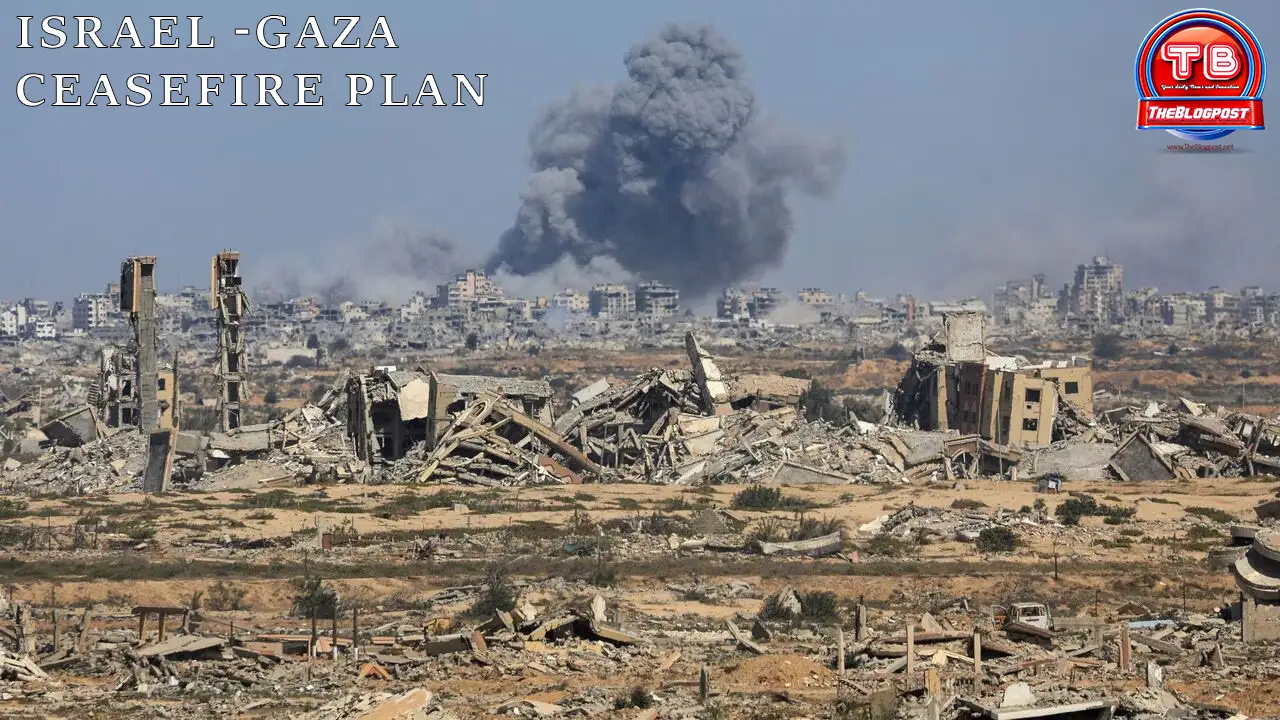
The Role of Washington: From Pressure to a Pathway
The Trump Administration’s September plan consolidated elements seen in earlier three phase proposals by U.S., Egyptian, and Qatari mediators, but it adds an aggressive timetable and public pressure. International readouts and media reports describe growing support for a structured Gaza ceasefire deal that combines immediate de-escalation with post-conflict governance and reconstruction.
Notably, Israel’s military has publicly acknowledged preparatory steps for the first phase, signaling institutional alignment if the hostage piece falls into place. That acknowledgement matters because the IDF’s posture determines whether a Gaza ceasefire deal can translate from communiqués into actions on the ground.
What “Phase One” Might Look Like on the Ground
Assuming the initial steps are triggered by a verified hostage release, phase one of the Gaza ceasefire deal would likely include: a formal pause in kinetic operations; the establishment of deconfliction procedures; expanded entry points for humanitarian aid; and a limited, supervised Israeli repositioning from dense urban sectors. Each move would be tied to a strict verification regime so that, if violations occur, the plan can dampen escalation rather than collapse outright.
Border security including interdiction of arms would be addressed as part of the demilitarization benchmarks. There may also be a discussion of interim security corridors and international monitors to underwrite the Gaza ceasefire deal as the governance transition gets underway.
Risks That Could Still Derail the Gaza Ceasefire Deal
Although momentum has grown, the road is narrow. Several friction points could destabilize the Gaza ceasefire deal:
- Hostage logistics: Any delay or dispute over the status of captives could stall every subsequent step.
- Ambiguity on disarmament: Conflicting interpretations of “demilitarization” could spur spoilers and cause plan fatigue.
- Internal politics: Israeli coalition tensions and Palestinian factional dynamics both threaten the cohesion needed to sustain a Gaza ceasefire deal.
- Humanitarian shocks: A breakdown in aid access or a mass-casualty incident could upend public support before the Gaza ceasefire deal takes root.
Humanitarian Stakes: Why Timing Matters
Because platelets, blood products, food, and medical supplies remain in chronic short supply, a timely Gaza ceasefire deal would immediately reduce civilian risk and allow agencies to restore basic services. Furthermore, a sustained pause is a prerequisite for rubble removal, WASH (water, sanitation, and hygiene) operations, and disease control ahead of winter. Even a week of stable humanitarian access can measurably lower excess mortality, which is why humanitarian groups have pressed for predictable corridors within any Gaza ceasefire deal.
What to Watch Next
Over the coming days, watch for three indicators of whether the Gaza ceasefire deal will mature into a binding truce:
- Verified hostage release: A complete and transparent accounting will unlock the rest of the plan under Netanyahu’s stated condition.
- Egypt round outcomes: If negotiators in Cairo publish a synchronized timeline, the Gaza ceasefire deal will have operational legs.
- IDF posture changes: A visible shift from offensive to defensive configurations plus stand-up of deconfliction mechanisms is the practical sign that phase one of the Gaza ceasefire deal is live.
Frequently Asked Questions
Is the Gaza ceasefire deal already in effect?
Not fully. Preparations are underway, but Israel has tied full implementation to the release of all hostages. Until that trigger is met, the Gaza ceasefire deal is best described as “pre-activation.”
Will the plan end the war permanently?
That is the objective, but permanence depends on adherence to each benchmark from demobilization to governance transition and rigorous verification. The Gaza ceasefire deal outlines a path, not a guarantee.
Who is mediating?
The United States is coordinating with Egypt and Qatar, with European and regional actors backing the framework. These relationships will be critical to sustaining the Gaza ceasefire deal.}
What happens if either party violates the terms?
Because the plan is staged, violations in one phase can halt progression to the next. In practice, a broken commitment could freeze or unwind parts of the Gaza ceasefire deal until compliance returns.
Bottom Line
The emerging Gaza ceasefire deal is hostage-first by design. Israel is preparing to implement its initial steps; however, as Netanyahu emphasized, the country will not proceed to the fullest stages of Trump’s plan until every hostage is released. If that pivotal condition is met and if mediators lock in synchronized timelines, security guarantees, and humanitarian access then the Gaza ceasefire deal could stabilize a devastating conflict and open the door to reconstruction and governance reform.
For a deeper dive into the policy architecture behind today’s headlines, read our pillar: Trump’s Gaza Peace Plan.
Primary live updates referenced: CNN live coverage. Additional corroboration from international outlets cited inline.


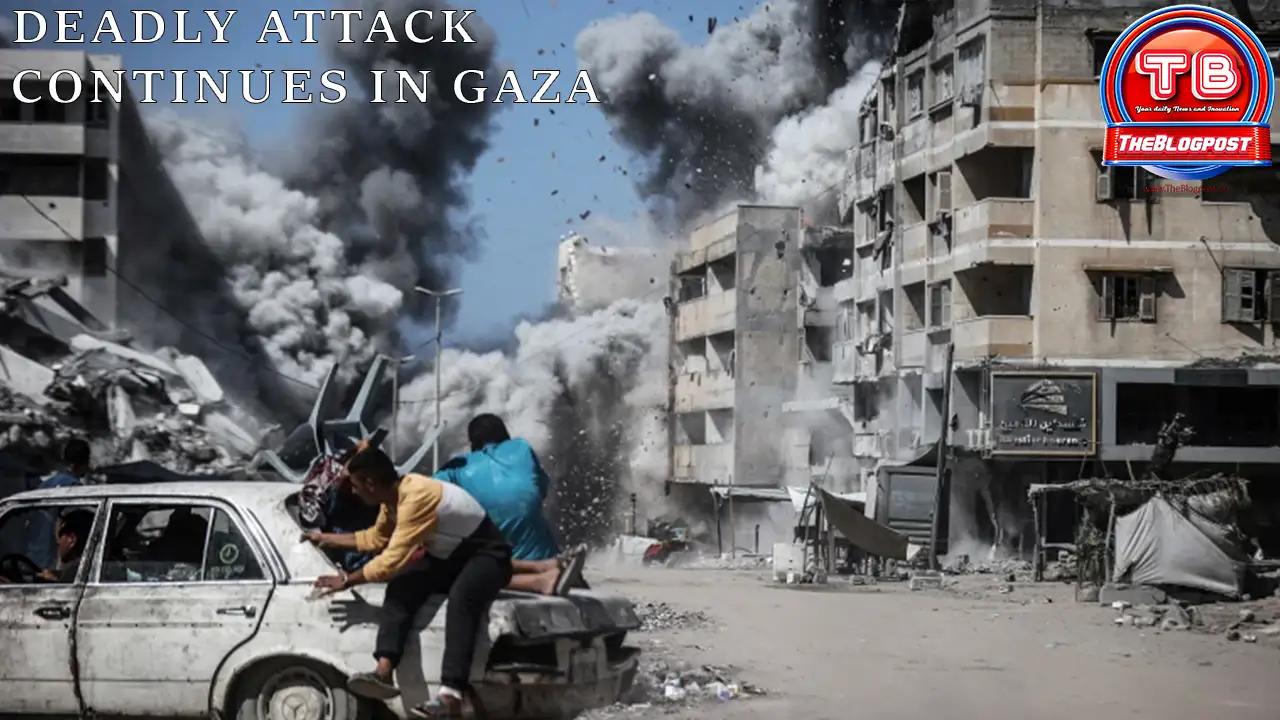
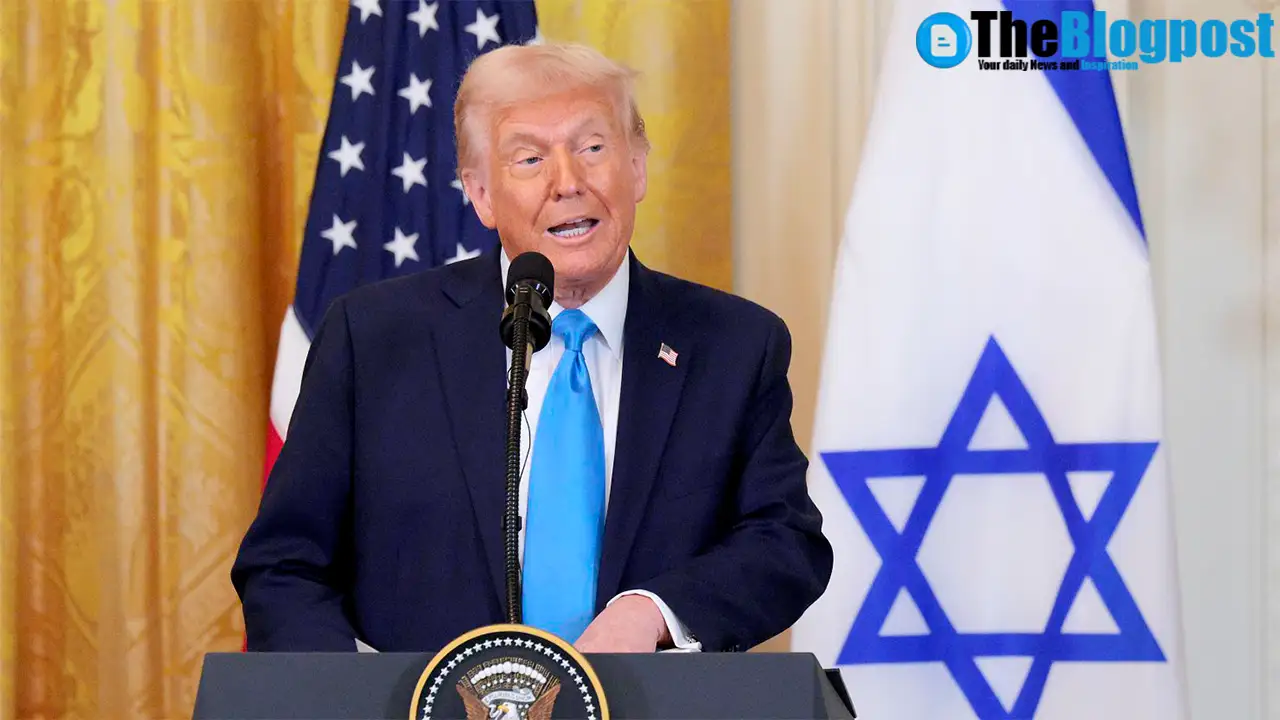
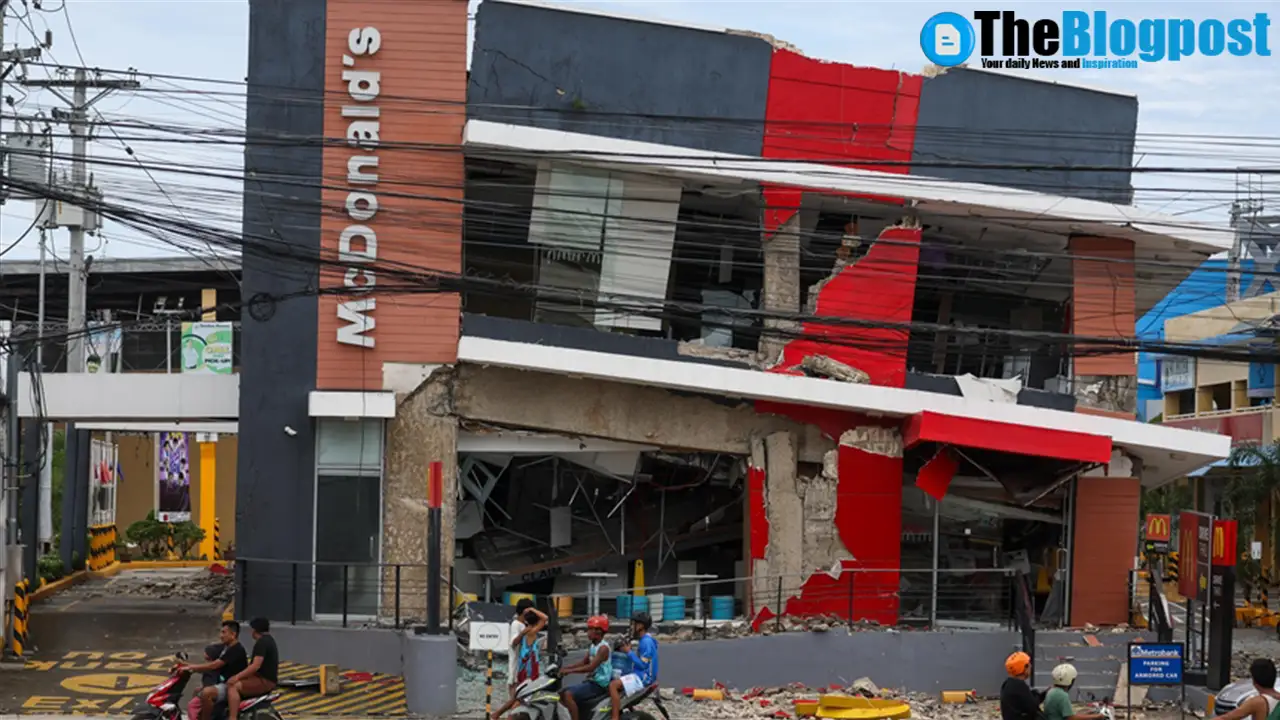





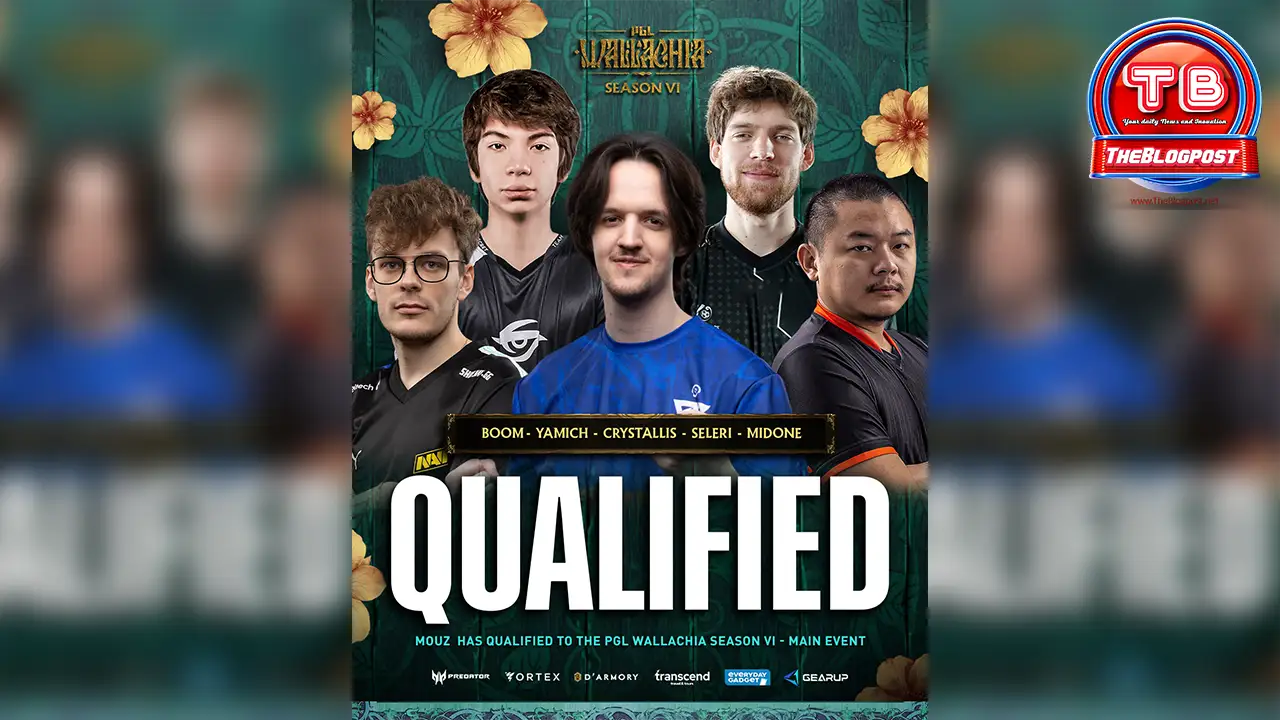


Leave a Reply